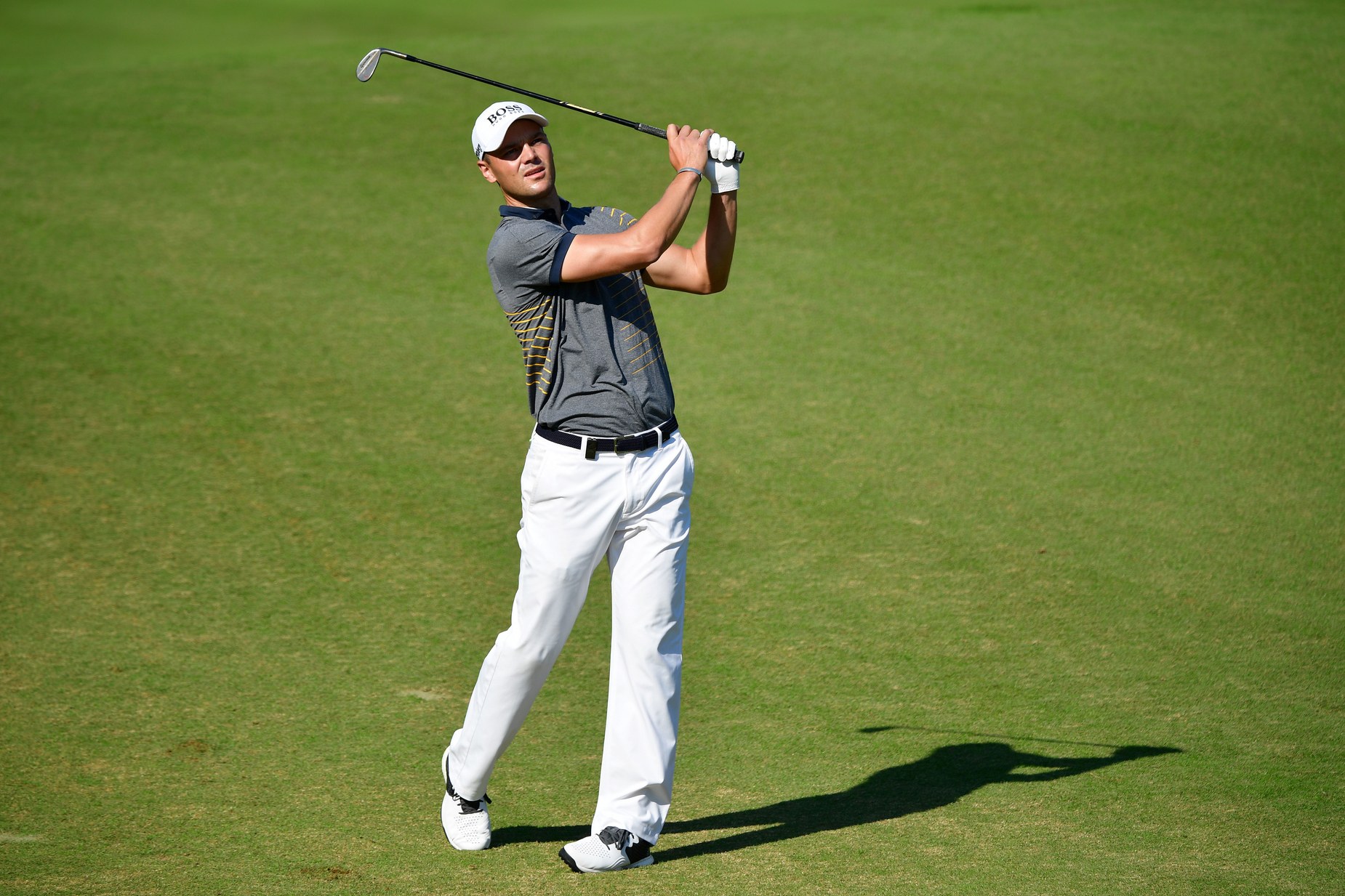With the US and European Tours juggling their marquee events on the calendar, how will it shake out for the game’s best players?
It is the biggest. And the richest. And so the most powerful. So when things happen on the US PGA Tour there tends to be a ripple effect down, across and through the world of professional golf.
Nowhere is that more true than in the realm of scheduling. Next year’s changes to the FedEx Cup and the PGA Championship’s move from August to May provoked an almost immediate response from the European Tour. In 2019, the Old World circuit’s flagship event, the BMW PGA Championship at Wentworth, will be played in September rather than fill its traditional spot in late May.
There are, of course, further implications for the European Tour, both good and bad, depending on who you talk to. For the leading Europeans – those with PGA Tour membership and, often enough, US residence – the news is generally favourable, even if it comes with a certain foreboding for their home circuit.
After the now two-pronged Middle East swing in January/February/early March, the European Tour calendar through the US Open in mid-June looks more than a little bare. Take April. For the rank-and-file European Tour member who has not qualified for the Masters, there is but one event to play in, the Trophee Hassan II in Morocco two weeks after Augusta. Then it is off to China and, immediately, back to England for the British Masters. Hardly the most convenient – or affordable – travel itinerary.

Indeed, within that period between March and June, anything of real significance on the newly announced European schedule – the Majors and the WGCs – actually takes place in the US. For chief executive Keith Pelley it is not only a battle lost but apparently one not worth fighting. Speaking during last week’s Turkish Airlines Open, the perpetually jaunty Canadian for once openly conceded defeat.
“We know the challenges with the global calendar,” he said. “We’ve studied it forensically. And yes, the PGA Championship moving changed things. We have a very strong schedule early and then we have a number of really good events during the strength of the American Majors. But when you look at those and three WGCs it is difficult for the top players to come back for one week. So I’m not sure competing in that period is a wise way for us to spend our money and our efforts. I’m not sure we would get top-player participation.”
Pelley is correct. That wouldn’t happen. Even Rory McIlroy is on record as saying he will not play in a regular European Tour event next year until the Irish Open in early July.
“The new PGA Tour schedule is going to have a huge influence on the European Tour from February until June,” says Martin Kaymer, the former US Open, PGA and Players champion who is based in Florida. “The tournaments here are very low on world ranking points and prizemoney. So if you have the chance to play on the PGA Tour, why would you play in Europe?
“I can spend three or four months in the States. Then I can play in the Rolex Series events after the US Open in the run-up to the Open Championship. That will mean much less crossing the Atlantic. It just makes sense to stay in America until the end of the US Open when there is only three or four weeks between the biggest events from the Players all the way through the Majors. It would make no sense to go back to Europe, which is a shame for the events there.”
Which is not to say that Pelley didn’t investigate the possibility of going up against a PGA Tour schedule containing the WGC–Mexico Championship, the Players, the WGC–Dell Match Play, the Masters, the PGA, the Memorial and the US Open. He did. But it was a futile exercise.
“We actually considered putting one of our eight Rolex Series events [with a purse of $US7 million] into that period,” he said. “We sat down with a number of top players and every one of them said we shouldn’t do it. They just couldn’t commit. So we have to look at the four areas of our schedule that are strong. That is the beginning of the year, the period prior to the Open Championship, immediately after the FedEx Cup and at the end of our season.”
Looking further ahead, there is at least the possibility of more positive news for the European Tour. The one thing the Wentworth event has always lacked is any kind of decent American presence. But the move from late May to September might change that. Might. Perhaps understandably, the prospect of leading US players making that effort is one that provokes a degree of cynicism across the pond.
A sample:
Lee Westwood: “It might make a difference. But I doubt it. There are a lot of opportunities for PGA Tour players. So I’m not sure it really will make much difference.”

Kaymer: “There will be American players who will think, ‘Why should we come over when we play for $7 million every week anyway?’ Americans are weird in that sense. They don’t like to travel. And they can play for the same amount of money at home. So Europe is relying on guys like Matt Kuchar and Patrick Reed wanting to play overseas. Because they want to and not because of the prizemoney. Maybe their wives will fancy a week in London (smiles).”
Nicolas Colsaerts: “It is always the same debate. Do Americans really want to take the time to come over and play or not? It’s up to them. It has never been hard for them to do so. But yes, it will be ‘easier’ for them to come after the FedEx Cup. So we will find out just how much they do want to come and play. We have always hoped that some of them would come for Wentworth. But they never really have. Now they have a chance to do more for the game.”
Russell Knox: “It’s great for someone like me who lives and plays mostly in the US. There will be a break after the end of the FedEx Cup, a time when I can come over and play at Wentworth and the Dunhill. I’ll also play the Irish and Scottish Opens before the Open Championship. I would hope for the sake of the European Tour that they get super-strong fields in all of those events. They deserve strong fields. So I would hope that the leading Americans will come and play. But whether they will or not is debatable.”
Again, however, the news is not all bad for the European Tour. As Knox intimated, amid that obvious pessimism about Americans actually getting onto planes to London, the leading European players based in the States will be able to offer plenty of support to their home tour later in the year.
“I will actually end up playing in Europe just as much as I have this year,” says Tommy Fleetwood. “But there will be a bigger gap between my starts. It would be nice to think at least some of the Americans will come over for Wentworth and some of the other events after the FedEx Cup is finished. Add in the British Masters around the BMW/Dunhill time and that little UK stretch would have a lot going for it.”
Still, for all the talk of schedule and greater opportunities, nothing much has really changed in the relationship between the PGA Tour and the European Tour. Like it or not – and many do not – PGA Tour commissioner Jay Monahan continues to pull professional golf’s most influential strings outside of the Majors and the Ryder Cup.




